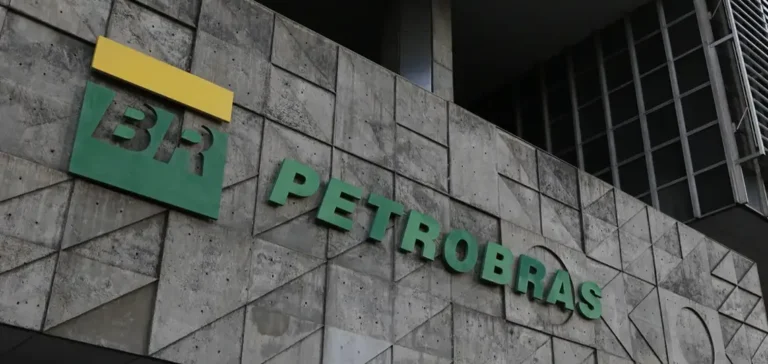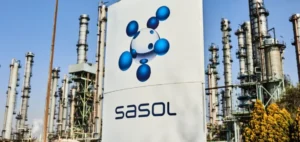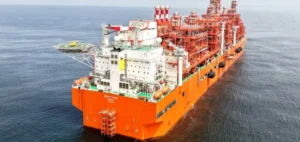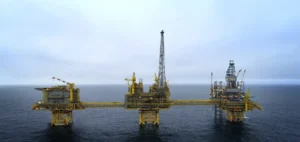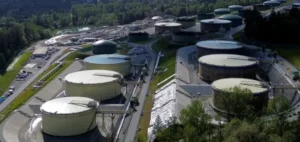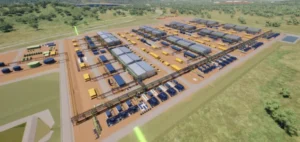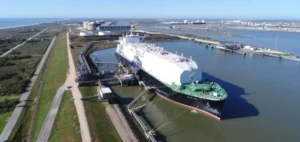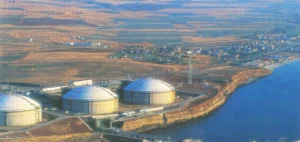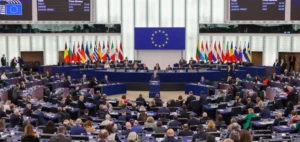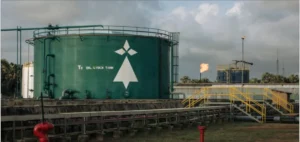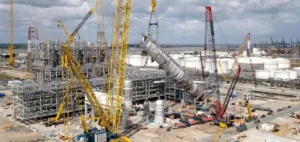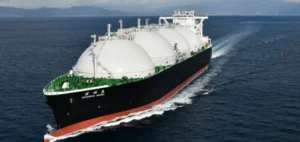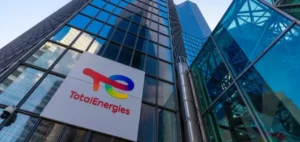Brazilian oil giants are orchestrating a major strategic shift towards natural gas. Petrobras plans to invest $111bn between 2025 and 2029 across all its activities, with $77.3bn allocated for Exploration & Production (mainly oil and gas), while private companies such as Eneva and the local subsidiaries of Shell and Repsol are multiplying asset acquisitions. This reorientation comes as Brazil is currently producing 153mn cubic metres of gas per day in 2024, with monthly peaks reaching up to 172mn m³/day in 2025, of which only 30% reaches the domestic market, according to the National Agency of Petroleum (ANP). Industry leaders see this underutilisation as a significant economic opportunity to be seized quickly.
Urgent monetisation of pre-salt reserves
The window of opportunity to monetise Brazil’s vast pre-salt gas reserves is closing. Offshore fields contain significant volumes of gas associated with oil, but 70% of this production is currently reinjected to maintain reservoir pressure. Roberto Furian Ardenghy, President of the Brazilian Institute of Oil and Gas (IBP), stated that the industry must act now to avoid these assets becoming unexploitable.
According to the latest available data, Brazil’s proven gas reserves stood at around 546bn cubic metres (about 19.3 Tcf) at the end of 2024, with an estimated value of $38bn to $104bn depending on market prices applied (see technical note).
International investors are exerting increasing pressure on oil companies to diversify their portfolios. Investment funds demand clear energy transition strategies, pushing companies to reposition gas as a “transition fuel”. This financial pressure is intensifying with new European regulations on green taxonomy and Environmental, Social and Governance (ESG) criteria, which influence access to capital.
Betting on industrial demand
Brazil’s gas industry is specifically targeting the manufacturing sector to anchor long-term demand. The steel, ceramics and petrochemical sectors currently consume 43.4% of diesel in their energy mix, according to Fundação Getulio Vargas (FGV). João Lopes, analyst at Commodity Insights, estimates that substituting diesel and fuel oil with natural gas represents a potential market of 15bn cubic metres per year.
Sector projections suggest reduced energy costs, but the estimated 20% to 30% decrease is not confirmed by official sources and should be considered indicative.
The government’s “Gas for Jobs” programme, launched in 2023 under the presidency of Luiz Inácio Lula da Silva, reinforces this strategy. The plan explicitly aims to use natural gas as a driver of reindustrialisation, offering tax incentives to companies that convert their facilities.
Authorities have not published an official target of 500,000 direct and indirect jobs linked to the expansion of gas infrastructure by 2030. This figure is not confirmed by official sources.
Existing infrastructure as a competitive advantage
Oil companies are capitalising on their existing investments to minimise transition costs. Petrobras already operates 355 kilometres of offshore gas pipelines with its Rota 3 pipeline, which has been operational since September, transporting 18mn cubic metres per day. Converting oil platforms to process gas requires relatively modest investments compared to building new infrastructure. Pre-salt Floating Production Storage and Offloading (FPSO) units can be adapted to separate and process gas at an estimated cost of $500mn to $1bn per unit.
Existing Liquefied Natural Gas (LNG) terminals provide additional flexibility to manage demand fluctuations. Brazil currently operates five regasification terminals; total capacity is estimated at around 40mn cubic metres per day according to the latest data, although precise figures vary by source. Three new terminals are planned or under construction, which could bring combined capacity to 60mn cubic metres per day by 2025. This infrastructure allows operators to arbitrate between domestic production and imports depending on market conditions.
Financial risks and price dependency
The gas strategy presents significant vulnerabilities linked to the volatility of international markets. Natural gas prices in Brazil remain indexed to Brent at a rate of 11% to 13%, exposing producers to global fluctuations. Competition from imported LNG, particularly from the United States, where Brazil sources 76% of its imports, keeps downward pressure on domestic prices. Analysts at Wood Mackenzie project that LNG prices will remain competitive with domestic Brazilian gas at least until 2030.
The rapid decline in Bolivian production is exacerbating regional supply challenges. Bolivia, which exported 9bn cubic metres to Brazil and Argentina in 2020, will supply only 3bn cubic metres in 2025. This drop is forcing Brazil to secure an additional 15bn cubic metres annually, creating greater dependency on LNG imports or accelerated development of domestic production. Massive investments in gas could become stranded assets if the energy transition accelerates more rapidly than expected, particularly as Brazil is committed to reducing its emissions by 67% by 2035.


